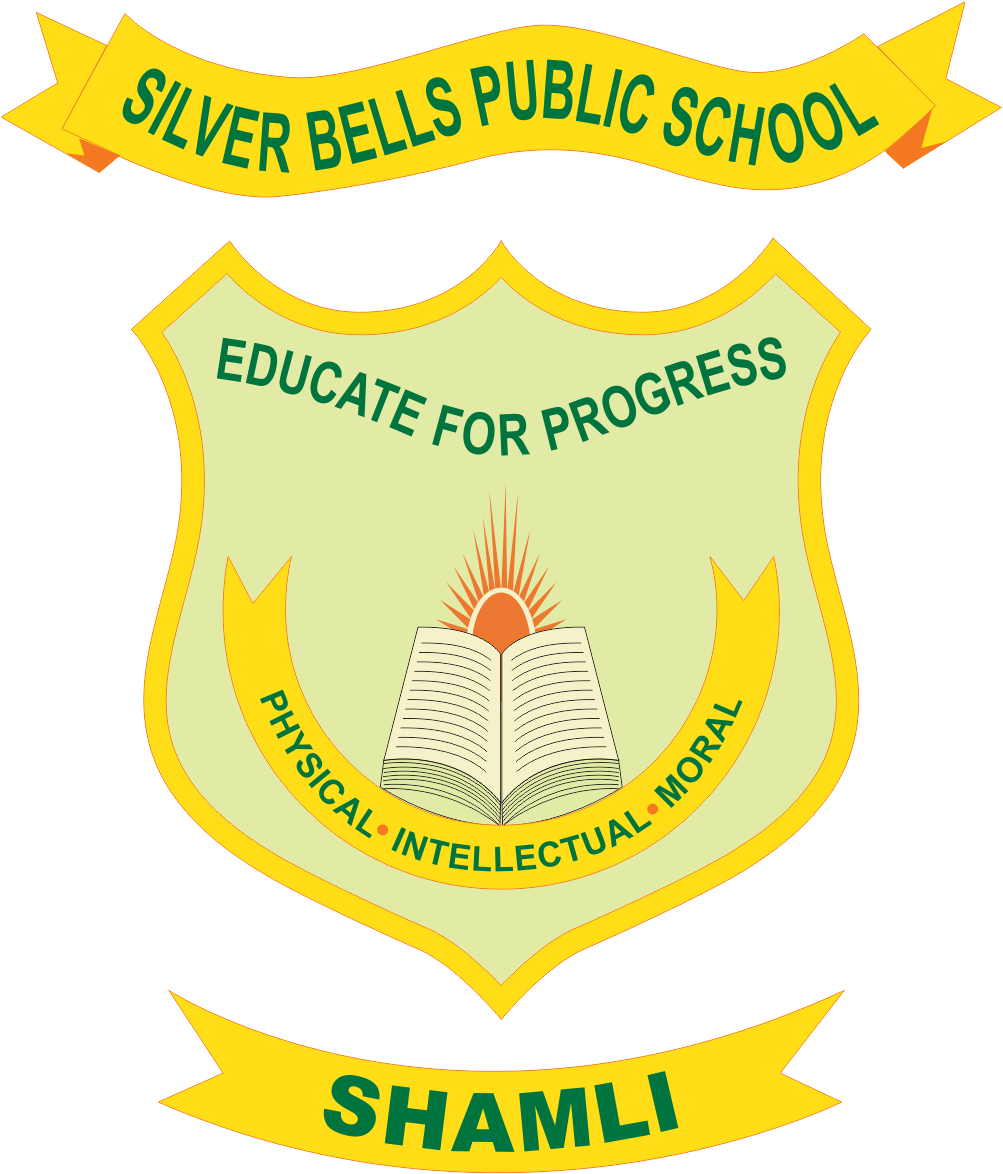Curriculum
Curriculum
Our curriculum is designed to lay emphasis on the development of personal attributes like communication, leadership, decision-making, public speaking, teamwork, stress management and other related skills. To build such attributes, the school aims at reaching out to every student to help him/her learn such skills. We ignite inquisitiveness in the children and allow them full freedom to find their way through the maze of knowledge to learn and understand the concepts and not merely memorize the textbooks for their examinations. The curriculum is a well balanced combination of formal education, arts and other co- curricular activities like sports, hobbies, trades, agriculture, horticulture etc. and community welfare- activities in the rural areas surrounding our campus.
Subject Combination
As school has students from Pre to grade 12, in the 11th and 12th all students prepare for the All India Senior School Certificate Examination conducted by CBSE. The students are offered the following combinations of subjects
Streams Offered
The school has three streams at senior secondary level: Medical, Non-Medical and Commerce.

Medical

Non-Medical

Commerce

Humanities
Examination & Promotion
Commerce Stream
Examination System & Promotion
School follows CCE Programme suggested by CBSE for classes I to X. Continuous and Comprehensive Evaluation(CCE) refers to a system of school-based evaluation of students that covers all aspects of students development. The scheme is thus a curricular initiative, attempting to shift emphasis from testing t holistic learning. It aims at creating good citizens possessing sound health, appropriate skills and desirable qualities besides academic excellence .It is hoped that this will equip the learners to meet the challenges of life with confidence and success.
Criteria for Promotion
Pre - School & Primary School
For Classes Nursery & KG, there is no formal examination. They are assed simultaneously while teaching. For primary students a five point grading scale based on direct grading is followed. By the end of Academic Session, as far as possible, all students of Primary Classes are awarded promotion.
Middle School
Promotion in classes VI to VIII will be granted on the basis of the whole year’s performance of the student in the C.C.E. (Continuous Comprehensive Evaluation) which is a system of evaluation of students that covers all aspects of student development.
Classes IX & X
● Students of Classes IX – X will undergo Continuous & Comprehensive Evaluation (CCE) as recommended by CBSE, spread over two terms, one from April to September and the second from October to March every year. The students will be assessed in Scholastic as well as Co-scholastic areas.
● To qualify in a subject under Scholastic Areas, a candidate must obtain minimum of Grade D.
● Those candidates who have obtained Grade E1 or E2 in the subjects under Scholastic Areas shall have to improve their performance to qualify the subject(s).
● A candidate must obtain a minimum of Grade D in all the subjects under Scholastic areas excluding additional 6th subject as per Scheme of Studies for promotion to next class.
● Grading System for Scholastic Areas (Grading on 9 point Scale)
Scholastic and Co-Scholastic Assessment
In order to have Continuous and Comprehensive Evaluation, both Scholastic and Co-Scholastic aspects need to be given due recognition. Such a holistic assessment requires maintaining an ongoing and comprehensive profile for each learner that is honest, encouraging and discreet. While teachers frequently reflect, plan and implement remedial strategies, the child's ability to retain and articulate what has been learned over a period of time also requires periodic assessment. These assessments can take many forms but all of them should be as comprehensive and discreet as possible.
Part 1: Scholastic Assessment
The objectives of the Scholastic domain are
1. Desirable behaviour related to the learner's knowledge understanding, application evaluation, analysis and the ability to apply it in an unfamiliar situation.
2. To improve the teaching learning process.
3. Assessment should be both Formative and Summative
Formative and Summative Assessment
Formative Assessment:
It is a tool used by the teacher to continuously monitor student progress in a non threatening, supportive environment. It involves regular descriptive feedback, a chance for the student to reflect on the performance, take advice and improve upon it. It involves the students' being an essential part of assessment from designing criteria to assessing self or peers.
Summative Assessment:
It is carried out at the end of a course of learning. It measures or 'sums-up' how much a student has learned from the course. It is usually a graded test, i.e., it is marked according to a scale or set of grades. Assessment that is predominantly of summative nature will not by itself be able to yield a valid measure of the growth and development of the student. It, at best, certifies the level of achievement only at a given point of time.
Part 2: Co-Scholastic Assessment:
The desirable behaviour related to learner's life skills, attitudes, interests, values, co-curricular activities and physical health are described as skills to be acquired in co-scholastic domain. The process of assessing the students' progress in achieving objectives related to scholastic and co-scholastic domain is called comprehensive evaluation. It has been observed that usually under the scholastic domain such as knowledge and understanding of the facts, concepts, principles etc. of a area assessed. The Co-Scholastic elements are either altogether excluded from the evaluation process or they are not given adequate attention. For making the evaluation comprehensive, both Scholastic and Co-Scholastic aspects should be given importance. Simple and manageable means of assessment of Co-Scholastic aspects of growth must be included in the comprehensive evaluation scheme.
| Title | Categories | Update Date | Download |
|---|---|---|---|
|
Weightage for Various Assessments 1 0 download |
Curriculum | October 7, 2025 | Download |
|
Weightage & Schedule for Classes (XI-XII) 1 0 download |
Curriculum | October 7, 2025 | Download |
|
Weightage & Schedule for Scholastic Areas (VI-X) 1 0 download |
Curriculum | October 7, 2025 | Download |
